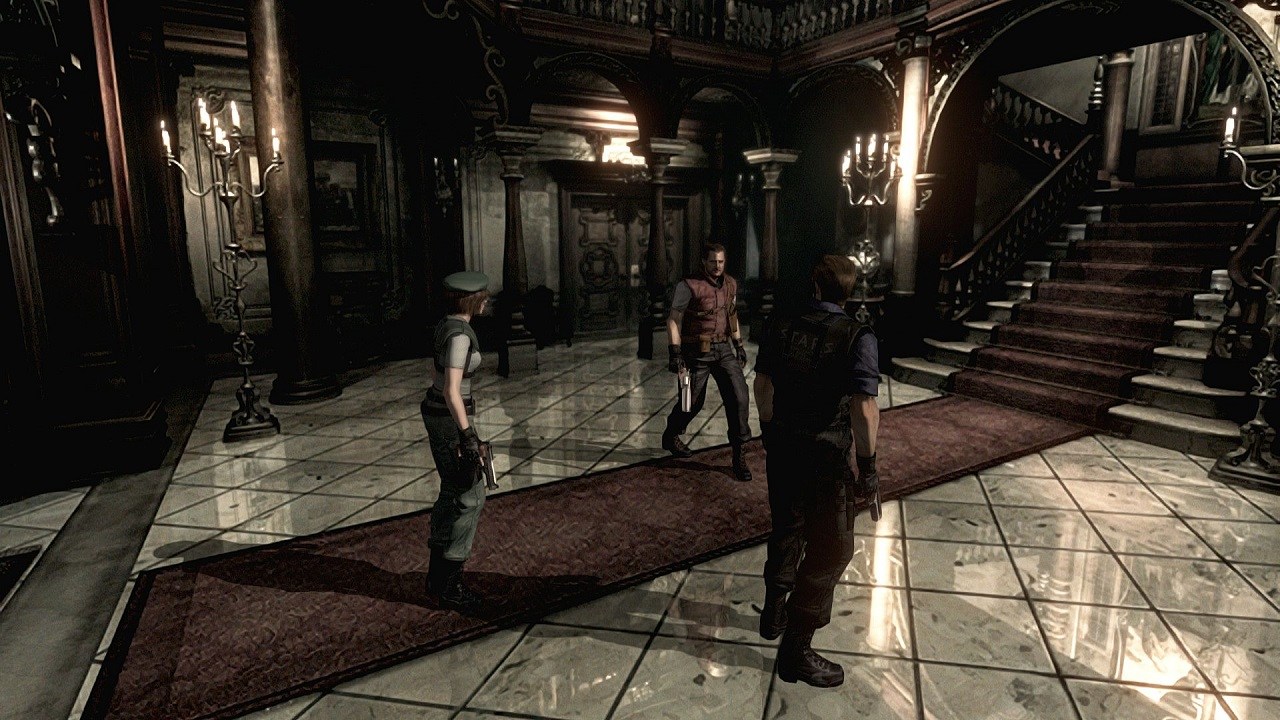However, there are probably more than a few people who would argue against the idea that the original Resident Evil was a bad game. While it’s nearly impossible to convince anyone who still fondly remembers the survival horror classic otherwise, you do have to admit some of Resident Evil’s shortcomings when examining its legacy.
By shortcomings, I mean things like those awful tank controls that were only utilized because standard controls didn’t play nice with the game’s fixed camera mechanic. Oh, and those cinematic camera angles? They may have helped define the game’s style, but they also often obscured valuable pieces of visual information or unintentionally contributed to the difficulty level.
The game’s brief moments of action were also hindered by a system that made aiming more of a suggestion than a command. The horrendous voice acting might be appreciated ironically by some, but I doubt the Capcom team takes any pride in those performances today.
Many of Resident Evil’s flaws are viewed as charming today, but that’s always been kind of a cop-out. Resident Evil is different from “so bad they’re good films” like Plan Nine From Outer Space and The Room partly because the game’s interactive elements mean you have to personally endure every flaw as well as the fact that there were so many things about the game that did work.
A shocking number of ideas that would go on to define the video game horror genre were present in the original Resident Evil. Its mansion setting was practically a playground for every horror convention you could imagine. The scares were paced in a deliberate way we weren’t used to seeing in 1996. And the survival aspect forced a generation of gamers to re-train their brains to consider the benefits of running from a fight rather than facing it head-on.
